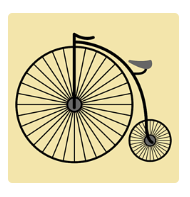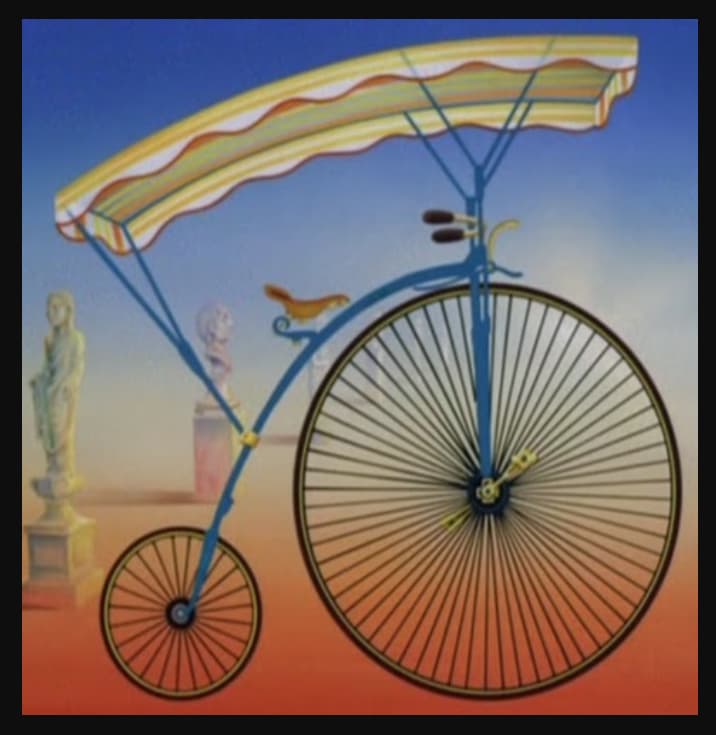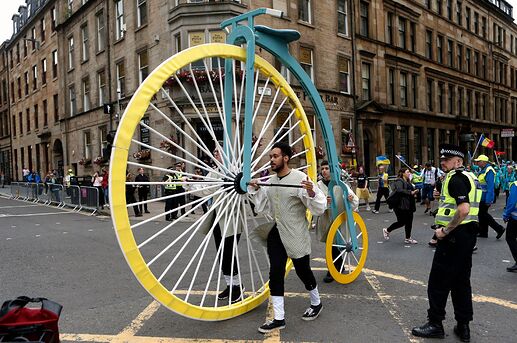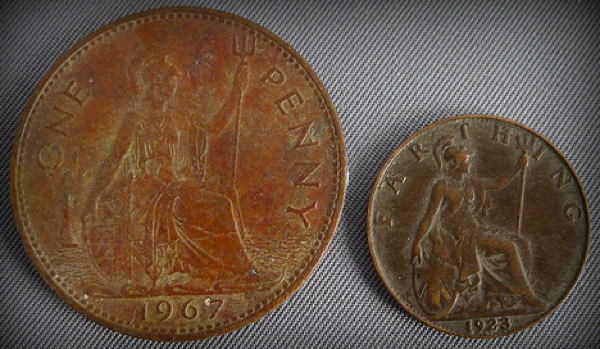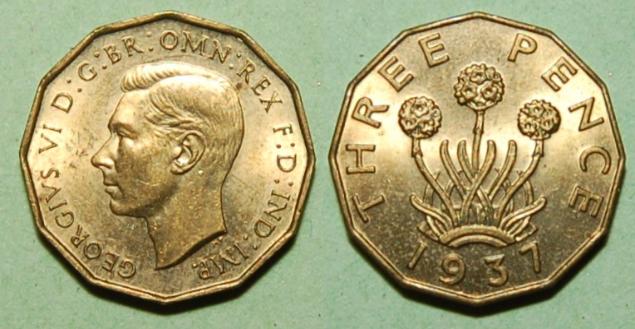Typically to have a node app everywhere you have to open up ports (80, 25) that will then be continuously assaulted from the outside.
Erm. You like assaults Bro?
What I’m doing is to have my TW run in a docker container which then connects to Tailscale.
Is Tailscale a friend?
… in theory, anyone who does get in will be stuck inside the docker container.
I remember that. Am I still there?
… consider routing your domain name through cloudflare instead of sending it directly from your name provider. That provides some protection from the less sophisticated bots.
Could someone explain CLOUDFLARE ??
TT
